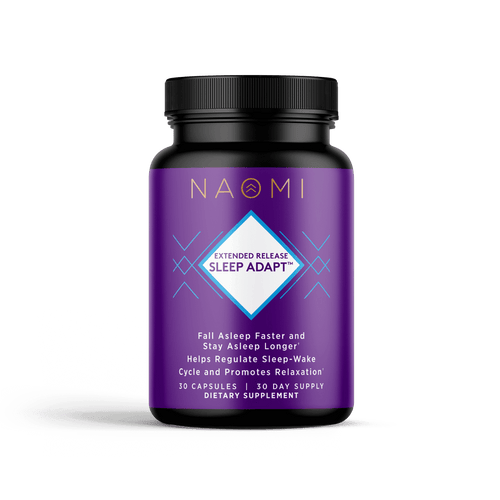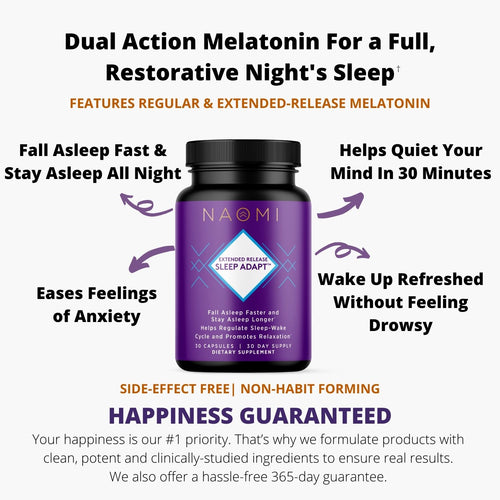Autophagy: The Pre-Sleep Ritual
Smart, healthy sleep requires smart thinking—no matter what type sleeper you are, here is how you can get in sync with circadian rhythm and optimize your autophagy.
Power Down
I know how tempting it is. We snuggle up in bed, grab our phones, and scroll through our feeds to see the latest bits of craziness that our friends are up to. But blue and white light from virtually all electronic devices will make it more difficult to sleep. So, for optimal sleep prep, that means no technology for 90 minutes before bed. If you can’t live without a pre-bed Netflix binge, don’t worry; there is software that will reduce the blue hues from your screen. Orange-tinted glasses or orange lightbulbs will also do the trick.
Dr. Michael Breus, The Sleep Doctor, suggests the Power Down Hour: Set an alarm for the hour before you go to bed, to remind you to start the process of “powering down.” In the first 20 minutes, take care of all the things you simply must do before bed: Make lunches for the next day, lay out clothes, put away dishes (in my house it’s getting backpacks ready and finding shoes)—the things that will nag at you if you don’t do them. In the second 20 minutes, take time for personal hygiene: brushing your teeth, washing your face, changing into your night clothes. A hot shower or nice bubble bath can be great just before bed. The change in your core body temperature when you get out of the shower or tub will help your body start to relax. The final 20 minutes are a time for relaxation: Lower the lights, do some simple stretches, read, listen to some relaxing music.
Cool Down
Ideal room temperature is about 65°F. The cooler your body, the better you will sleep. That decrease in core body temperature helps align your body with circadian rhythms, so the effect is better and more comfortable sleep.
Null the Noise
Silence is sleepy, but many of us live in large, noisy cities, or have family members unwittingly making a racket just when we’re about to drop off. Thankfully, the “colors” of noise can help—
yes, colors. Noise produces a sonic hue determined by two things: frequency—the speed of the wave vibration—and power or amplitude. The colors are supposed to correlate with the general characteristics of visual colors. You’ve probably heard of white noise, which includes all the spectrum colors and all frequencies. This combination sounds like static. Pink noise balances the frequencies a little more than white, sounding more like rain falling. And brown noise goes a little further, dampening the highest frequencies and producing a sound like waves crashing. These noises can help you sleep—many people find the deeper, richer brown noise helps lull them best, while others find pink noise more relaxing. While you can buy a noise machine, there are also many apps you can download for free on your smartphone or computer to help you determine which noise color is best for you.










